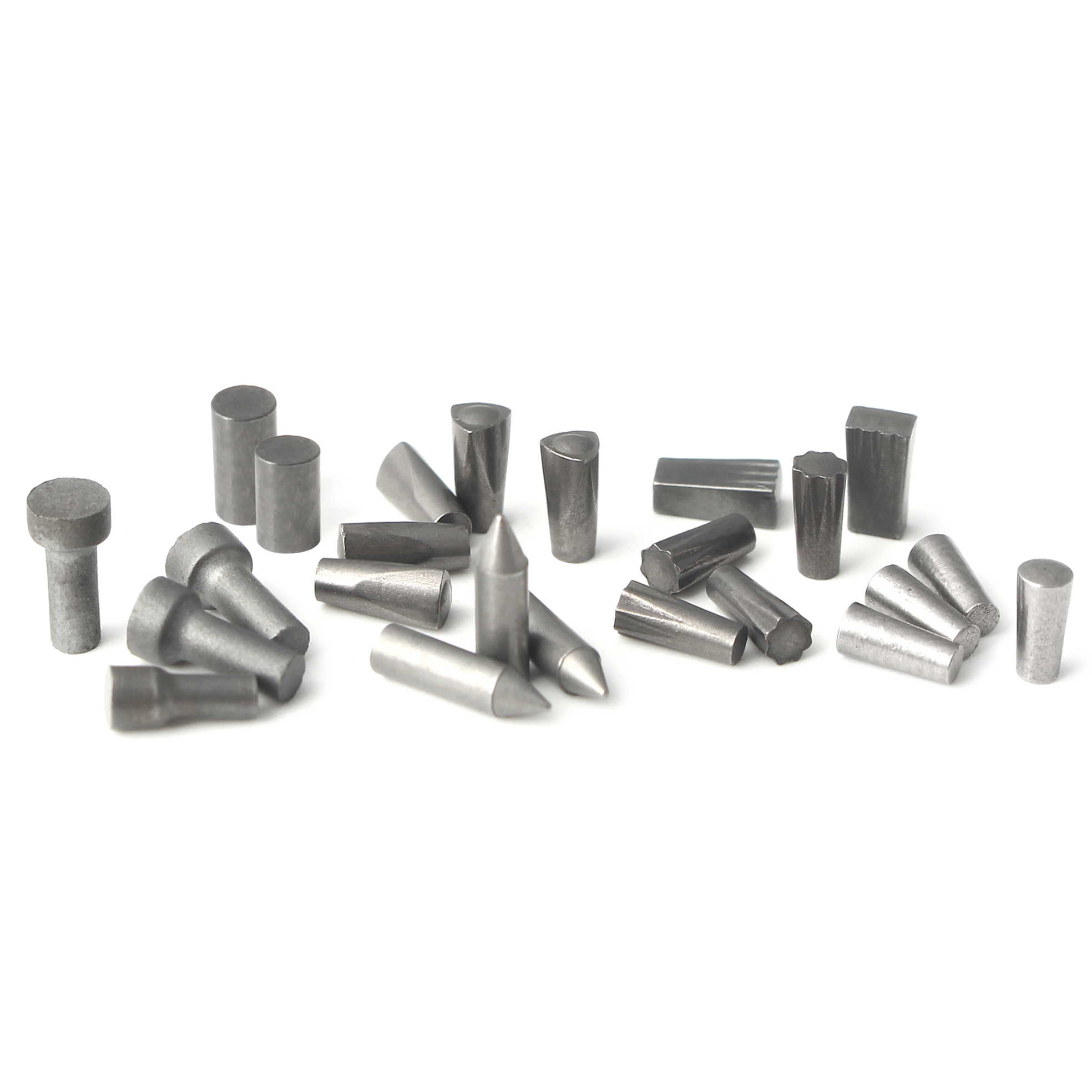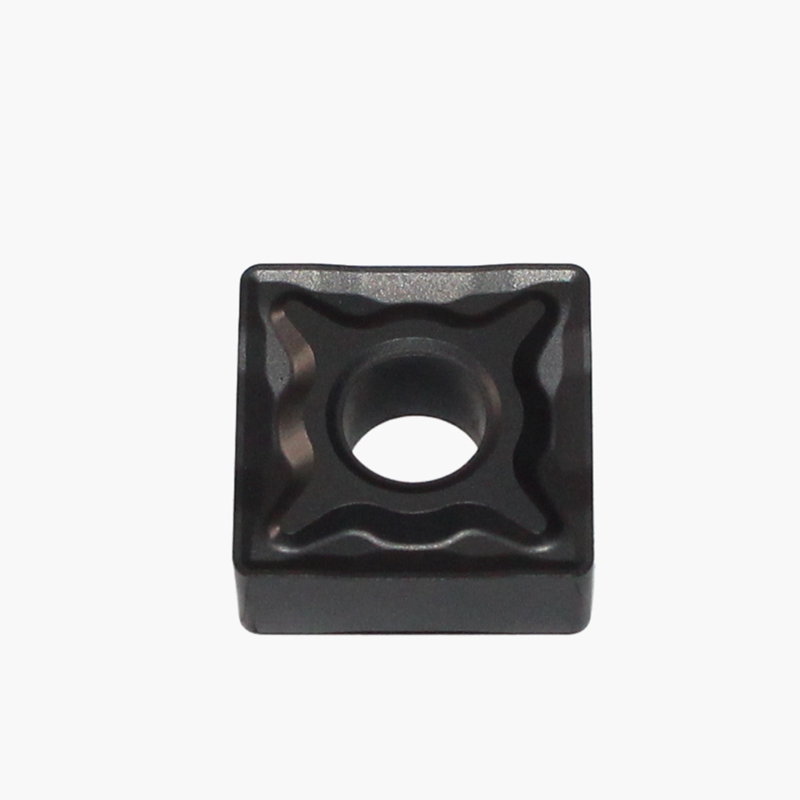Machine shops always seek to enhance productivity, improve efficiency, and cut costs driven by market demands and the constant push to stay competitive. Solid carbide end mills for roughing are one solution to these needs, but many existing tools on the market show limitations in performance — both in tool life, productivity and process security. Here, Antti Wikström, Global Product Manager for Solid End Mills — Roughing at Sandvik Coromant, the metal cutting specialist, explains how its CoroMill® Plura HD solid carbide end mill can overcome these shortcomings, with more predictable and reliable performance.
The Financial Times has identified inflation and the Ukraine war as major factors that have caused rising energy and raw material prices, including for steel. These escalating costs pose a significant obstacle for manufacturers in terms of achieving a low cost-per-part, and directly impact manufacturers’ profitability. How can manufacturers be overcoming these obstacles in their machining applications, while meeting market demands and staying competitive? Indexable milling tools

One solution is by applying a power cut machining strategy, which has emerged as a highly effective approach for roughing operations. Such a strategy ensures efficient metal removal rates and excellent process security. With an effective power cut strategy, manufacturers can optimize roughing operations, boosting productivity and reducing cycle times.
But how should a power cut strategy be applied? Put simply, the method is similar to high feed side milling (HFSM) but with a larger radial width of cut, still benefiting from a controlled engagement and tool load. To be performed successfully, the method entails a constant high radial engagement and smooth motions during machining — both of which contribute towards enhanced process security, tool life and productivity.
Before we look at the power cut strategy, let’s briefly examine two conventional options for roughing. First, there is the picture frame strategy, an old roughing strategy with an inefficient tool path. Benefits of a picture frame strategy include not needing to update NC programs and that the programs are small, which is beneficial for old machines with limited memory and processing capabilities. Disadvantages include not being able to utilize the full potential of the cutting tool on the “easy parts” of the tool path, and overloading the cutting tool — in the corners, for example. The result is poor from all aspects of machining performance (tool life, productivity, process security, quality of the machined part and machine tool wear/maintenance).
Next is the aforementioned HFSM strategy, an efficient and high performing strategy that utilizes the full performance of the tool with high process security and tool life. HSFM tools normally have a very high density of teeth, which is very beneficial for tool life as well as productivity when machining with small radial engagement. Small radial engagement also allows for a very high axial depth of cut. However – these tools are not suitable at all for larger radial engagements and, even if they are applied with shorter axial depth of cut, will break. If a Double Depth of Cut (2xDC), or less, is needed then a power cut strategy becomes more efficient.
However, tools designed for larger engagements are necessary to achieve this. That is why Sandvik Coromant’s engineers sought to develop an optimized and effective solid carbide end mill that would excel in this area. The result was CoroMill® Plura HD and now the next generation is launched with two new grades.
CoroMill® Plura HD is offered in two different grades and coatings, and both have been upgraded. One of the new grades is P2BM for steel; the other new grade is M2CM for stainless. The larger radial engagement allows for higher material removal rates (MRR) than HFS in applications, and this advantage can be achieved up to 2xDC The result? Increased material removal in a single pass.
For the new grades Sandvik Coromant’s R&D specialists have created new coatings for solid carbide end mills that can improve tool life at the same time as cutting speeds are increased. The new coating technology is called Zertivo™ 2.0 and offers better resistance to heat and abrasive wear without compromising on toughness. In short, the Zertivo™ 2.0 coatings contribute by offering a very resilient cutting edge. Both versions of CoroMill® Plura HD, the P2BM and M2CM grade variants, use the Zertivo 2.0 technology.
A power cut strategy allows for 70-90% radial engagement, enabling around 10 passes at once compared to a HFSM strategy, since HFSM typically employs a radial engagement of 5-10% of the tool diameter. However, it is worth noting that HFSM can be used with very large axial depth of cuts, whereas the power cut strategy has a limit of two times the cutter diameter for axial depth of cut.
By using the power cut strategy within its working area, which extends up to two-times the cutter diameter, manufacturers can achieve high metal removal rates while maintaining process stability. The controlled engagement and load ensure the stability of the cutting process, reducing the risk of tool breakage or other issues.
CoroMill® Plura HD and Zertivo™ 2.0 were assessed in extensive performance tests against competitor’s solid carbide end mills.
One out of many cases where Plura HD has proven its performance is in slot milling a 1.4404 (316L) stainless steel ISO-M component. The M2CM grade CoroMill® Plura HD and competitor’s end mill were run at the same machining parameters: a cutting speed (Vc) of 90 m/min, feed per tooth (fz) of 0.05 mm/tooth, radial width of cut (ae) of 10 mm and axial depth of cut (ap) of 5 mm. In the end, CoroMill® Plura HD exhibited a +65% tool life increase over the competing solid carbide end mill.
Another example is where the P2BM CoroMill Plura HD end mill was put to work against another competing tool on a SS1672 (C45) 160 HB steel ISO-P component, this time to perform the heavy machining application of dry shoulder milling. The following cutting parameters were used: a Vc of 235 m/min, fez of 0.1 mm/tooth, ae of 7.5 mm and ap of 5 mm. In that instance, the P2BM grade CoroMill® Plura HD exhibited a tool life increase of +150%.
The performance advantages of CoroMill® Plura HD and Zertivo™ 2.0 are especially beneficial for machine shops in all sectors that are looking to manufacture products more easily, efficiently, and cost-effectively. The standard assortment offers diameters from 2–25 mm, a 2×D depth of cut, 4 to 5 teeth and a ramping angle of 5° or 7°. Overall, the Sandvik Coromant tool was found to achieve a 30% improved tool life and 30% improved productivity, at the same time. This was achieved both for the new stainless steel tools in ISO-M machining and for the steel tools in ISO-P machining. It should be noted that these results were accomplished without applying strategy improvements, such as a power cut strategy that would optimize the performance even further.
In conclusion, Sandvik Coromant’s CoroMill® Plura HD solid carbide end mill is a strong performing tool that brings large performance improvements also in less favorable operations. The end mill contributes to large improvements both in tool life and in productivity versus competing tools. With its Zertivo™ 2.0 coating, the product family improves process security, tool life and productivity versus old generation grades and competing tools.
That said, CoroMill® Plura HD’s performance can be lifted even higher by applying a power cut strategy. This can improve process security, tool life and productivity even further. By adding a power cut strategy, CoroMill® Plura HD’s performance will be multiplied again.
To learn more about the tool life advantages of CoroMill® Plura HD solid carbide end mills, enhanced with Zertivo™ 2.0 coating, visit Sandvik Coromant’s website.
Part of global industrial engineering group Sandvik, Sandvik Coromant is at the forefront of manufacturing tools, machining solutions and knowledge that drive industry standards and innovations demanded by the metalworking industry now and into the next industrial era. Educational support, extensive R&D investment and strong customer partnerships ensure the development of machining technologies that change, lead and drive the future of manufacturing. Sandvik Coromant owns over 1700 patents worldwide, employs over 7,700 staff, and is represented in 150 countries.
For more information visit www.sandvik.coromant.com or join the conversation on social media.
Manufacturing & Engineering Magazine | The Home of Manufacturing Industry News
Manufacturing & Engineering Magazine, abbreviated to MEM, is a leading UK engineering magazine and manufacturing news source, covering a wide assortment of industry news sectors such as: contract manufacturing, 3D printing, structural and civil engineering, automotive manufacturing, aerospace engineering, marine engineering, rail engineering, industrial engineering, CAD, schematic designs and more!
© 2023 MEM Magazine | The Home of Manufacturing Industry News

Threading Tools © 2023 MEM Magazine | The Home of Manufacturing Industry News
